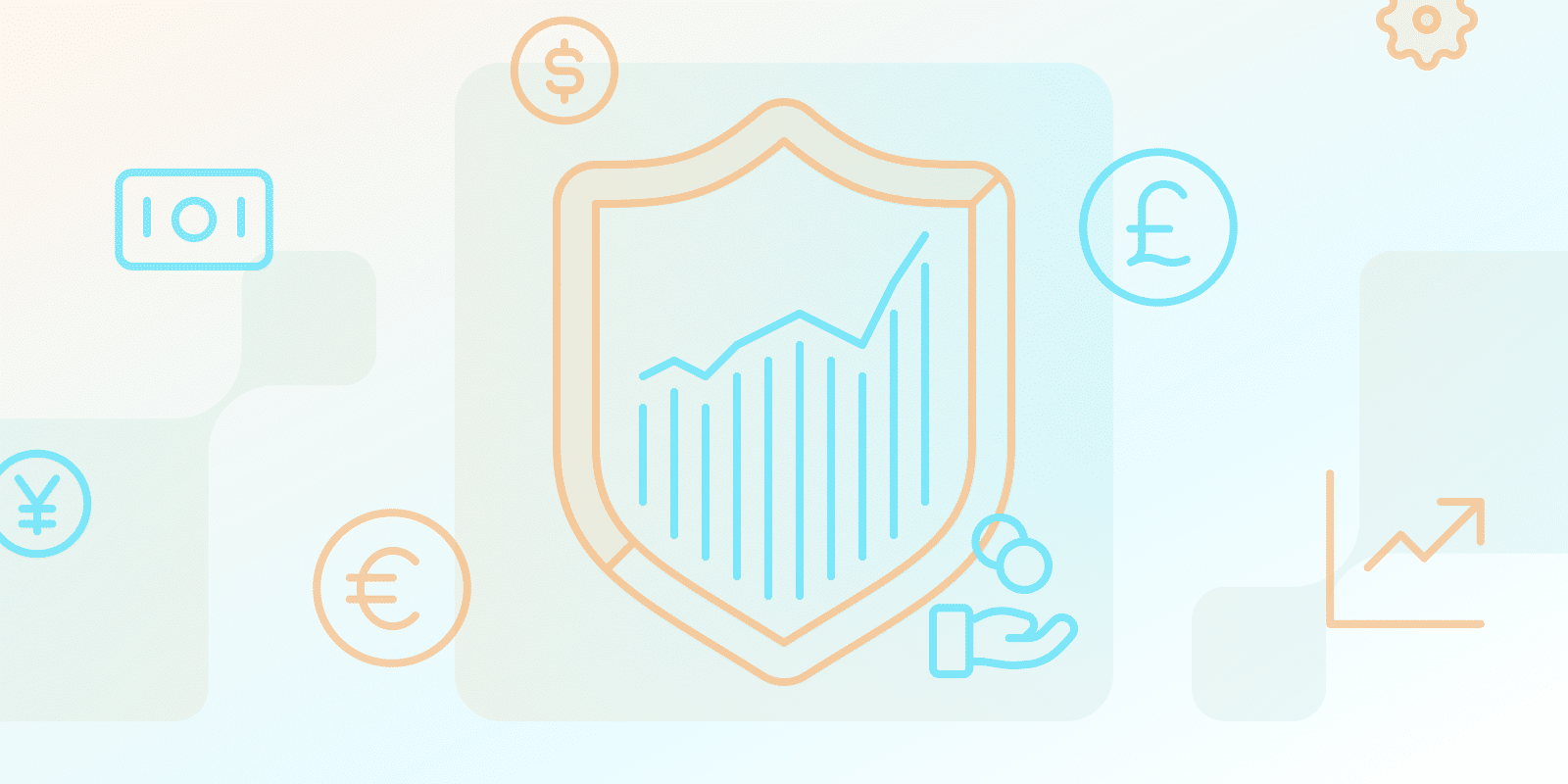Serverless Computing
What is a Pay-As-You-Go Model?

What is the true essence of a pay-as-you-go cost model in the context of SaaS?
A true SaaS pay-as-you-go model involves customers paying for the resources their applications use. Upfront costs/commitments aren’t involved, which is contrary to some other models. Since costs and usage are aligned, you should use pay-as-you-go if your goals are flexibility and cost efficiency.
How does serverless computing enable a more accurate pay-as-you-go model for SaaS providers?
Serverless computing focuses on scaling and resource allocation. You will pay when your apps are actively used, contrary to traditional hosting models; these charge for server capacity, regardless of its actual utilization.
What are the financial benefits for SaaS businesses when adopting a true pay-as-you-go model?
Reasons why companies use this model include:
- Cost Efficiency: Not focusing and server management means that operational costs will differ (normally being lower).
- Scalability: Scaling means that resources are automatically adjusted based on workloads; other models can lead to overprovisioning or require manual intervention.
- Time to Market: Development and release cycles are altered because developers will focus on building apps.
- Customer Satisfaction: You should use transparent and flexible pricing if you want to build trust.
What are the potential challenges or concerns that customers might have regarding a pay-as-you-go model?
Customers may wonder about the implications of performance, cost predictability, and if they have to deal with vendor lock-in, but you can address these worries in many ways:
- Predictability: Give your customers pricing structures and usage reports that allow them to predict how much they can expect to pay.
- Performance: Build your apps on a serverless architecture; you must optimize these for performance and responsiveness.
- Vendor Lock-in: You need to pick cloud providers that offer portability.
How is the adoption of a true pay-as-you-go model impacting the SaaS market?
Pay-as-you-go is influencing the SaaS landscape in these ways:
- A barrier to Entry: Startups/small businesses are using pay-as-you-go to avoid upfront costs.
- Innovation: Focusing more on app development equals more experimentation; often, developers waste time on menial tasks that can be automated.
- Competition: A more competitive market is emerging, meaning that SaaS providers must focus on value if they want to retain their customers.
| Market Aspect | Pay-as-You-Go Model Impact | Traditional Pricing Model Impact |
|---|---|---|
| Market Entry | ||
| Cost of Entry | Low barriers, minimal upfront investment | High upfront costs, significant initial investment |
| Startup Accessibility | Enables easier market entry for small businesses | Restricts entry for resource-constrained startups |
| Business Innovation | ||
| Development Focus | More time for app development and experimentation | More resources spent on infrastructure management |
| Resource Allocation | Flexible, aligned with actual usage | Fixed, often leads to overprovisioning |
| Market Competition | ||
| Competitive Dynamics | Increased competition, emphasis on value delivery | Less dynamic, more barriers to competitive entry |
| Customer Retention | Driven by continuous value and performance | Often based on long-term contracts |
Conclusion
Pay-as-you-go is becoming more common in SaaS, but you need serverless computing as a prerequisite. Cost efficiency, scalability, and time to market are some reasons why businesses are considering this model – though they should also keep in mind the challenges that could arise.